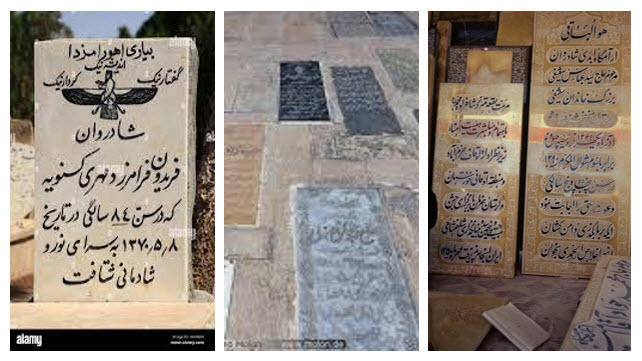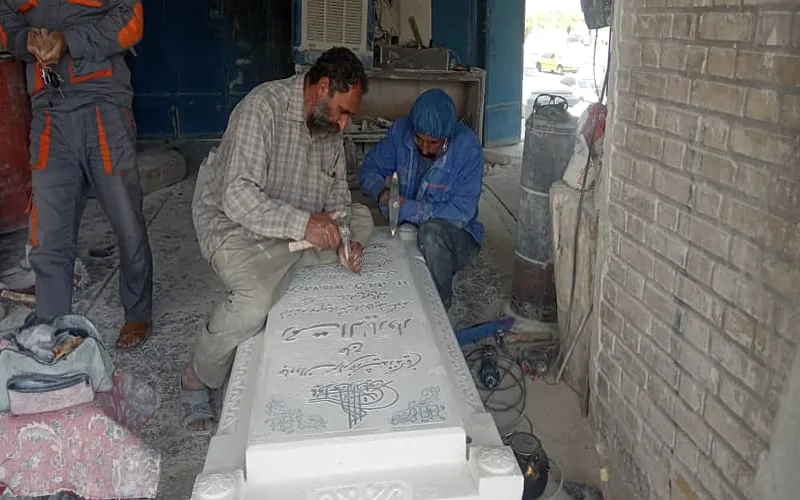
Given the escalation of Iran’s deep economic and social crises, income is extremely scarce for the majority of middle-class families. Purchasing tombstones for deceased loved ones is one of the most expensive items that people are unable to afford.
Due to poverty in Iran people are unable to afford
Due to widespread poverty in Iran, the business of second-hand tombstones and vendors willing to allow customers to pay in instalments is booming, according to the state-run daily Hamshahri, which first reported on the trend in May 2021. According to a report by the state-run news agency ROKNA, the average price of tombstones has risen by 35%. The price of a tombstone in the Behesht-e Zahra cemetery near Tehran, for example, has nearly tripled from 3.5 million tomans to more than 10 million tomans.
As per a tombstone vendor quoted in Sharq daily’s January 11 publication, the number of people turning to purchase tombstones in instalments has increased since the outbreak of Covid-19 in Iran. He did, however, add that some vendors will only sell products in instalments to friends and relatives because they cannot guarantee that other people will be able to pay their bills.

Many people are content with the small stone
Many people, he claims, are instead buying cheap stones, smearing them with black ink, and then polishing them to create what appears to be a valuable tombstone. He claims that cemetery workers frequently take old tombstones from 30-year-old tombs or tombs converted to multi-story graves, grind the old scripts, polish them so they can be reused, and sell them to families with limited financial resources. Many people, however, are content with the small stone that the cemetery administration places on the graves.
According to a January 11 report by the state-run news agency ISNA, a conversation between an elderly woman and a tombstone vendor read: “She walked into the tombstone vendor’s shop. She took her pay stub from a colourless nylon bag and moved toward the vendors, her hands shaking and her chador held with her teeth. She was there to purchase a tomb for her late husband. Her pension totalled 1.550 million tomans.”
“I don’t have any children or a husband,” the woman explained to the vendor. My husband died a few years ago. Now I cannot afford to buy for him a tombstone… Every time I dream of him, he looks sad. I always imagine that he is sad because his grave is left without a stone. He was a respected person. I need a cheap stone. Sell it to me in instalments. I’ve got no insurance.”

MEK Iran (follow us on Twitter and Facebook), Maryam Rajavi’s on her site, Twitter & Facebook, NCRI (Twitter & Facebook) and People’s Mojahedin Organization of Iran – MEK IRAN – YouTube








